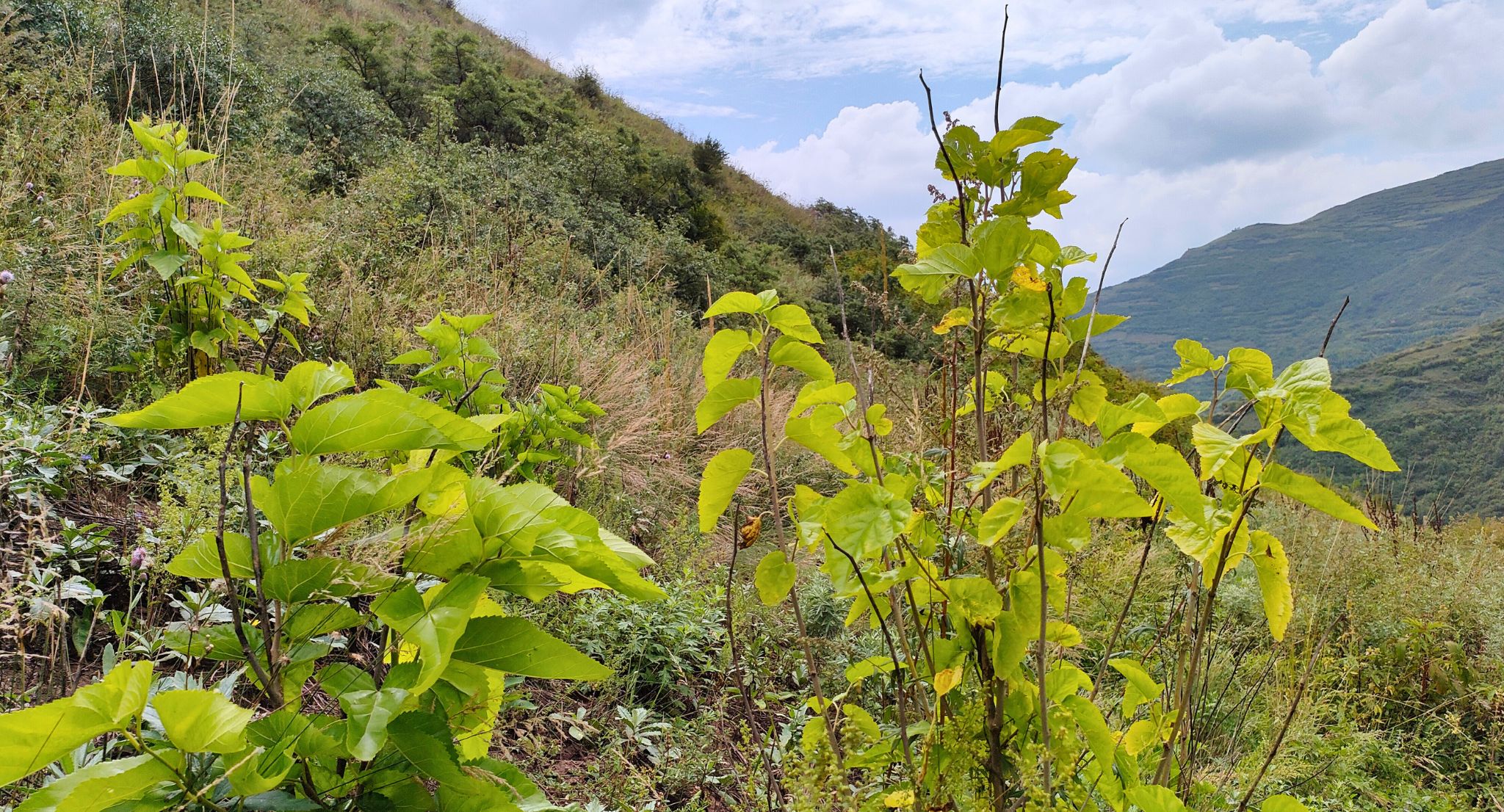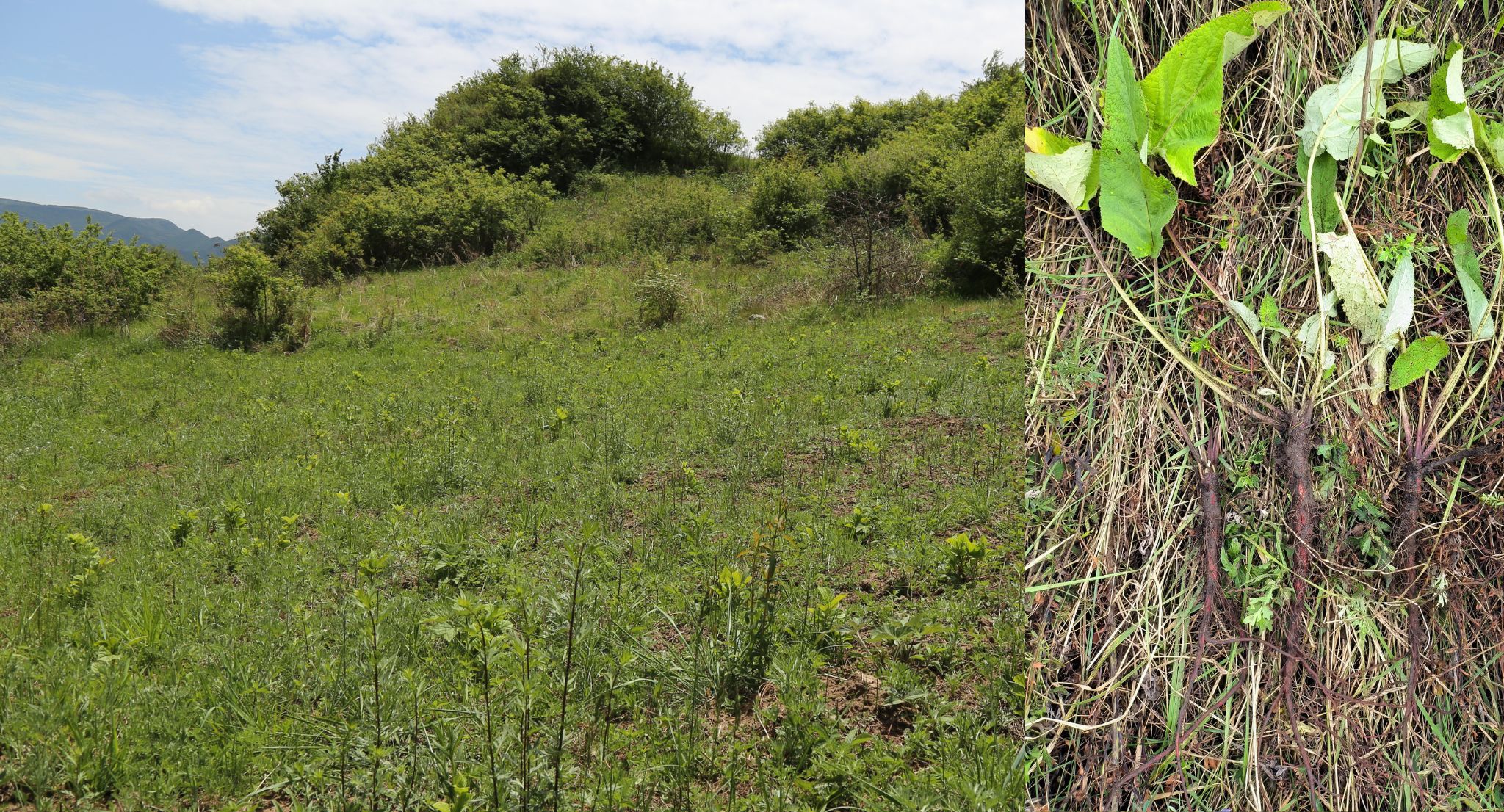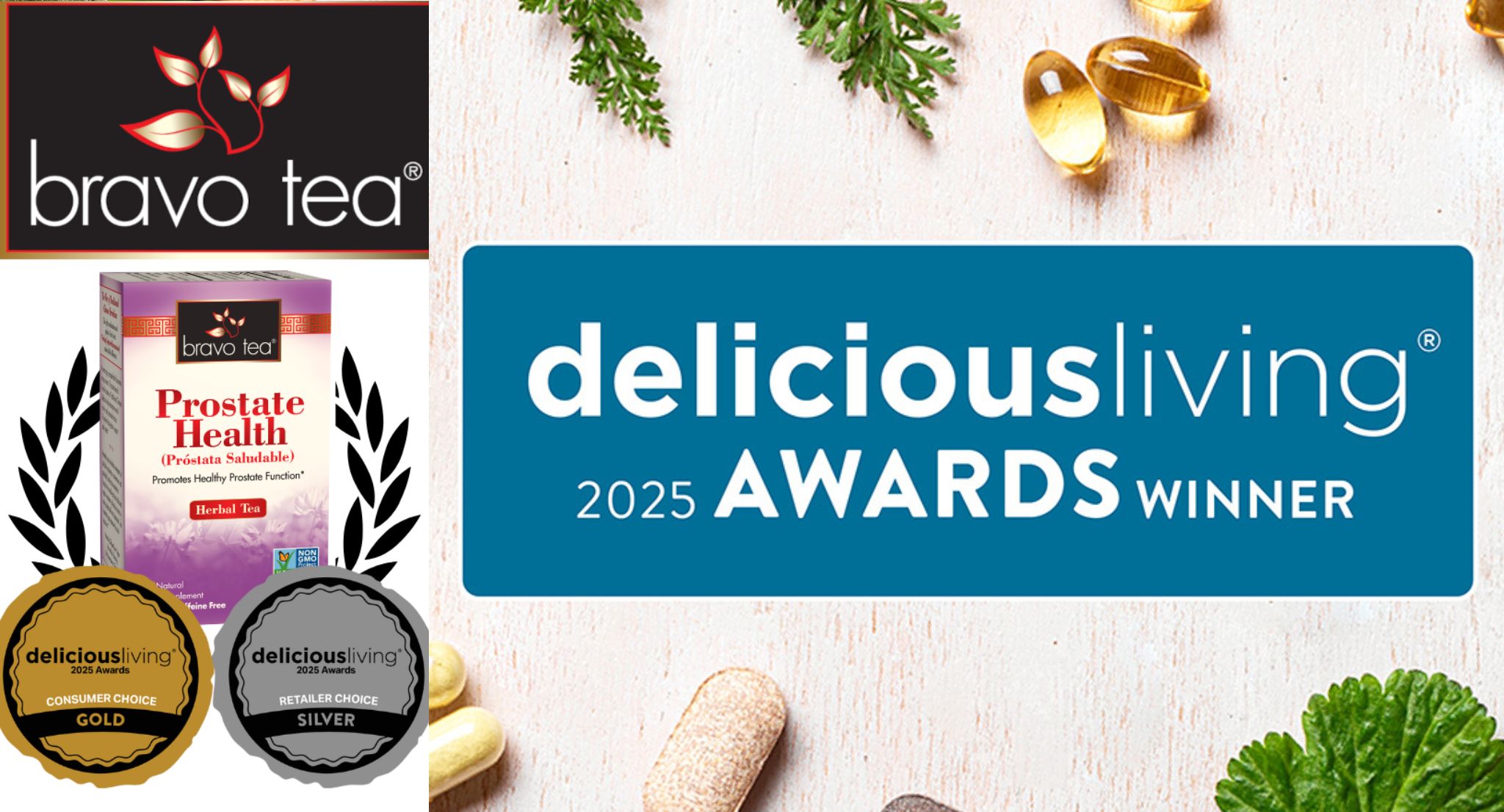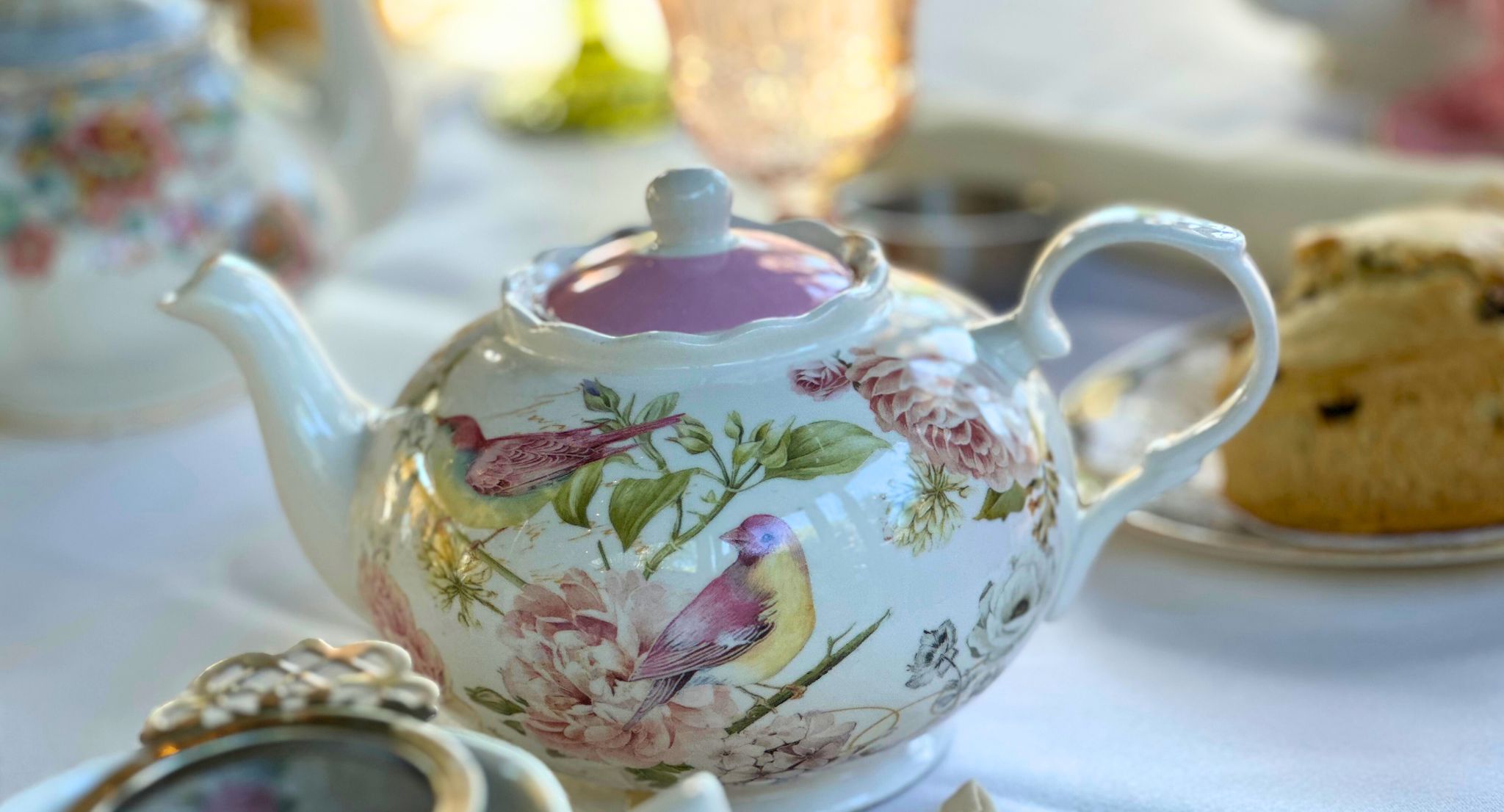Winter is the time when many people start coughing and experiencing other respiratory issues. Cold air is often dry, causing irritation or inflammation of the airways. Because of this, respiratory issues usually worsen during the coldest months of the year.
We can count on traditional herbs like peppermint, perilla leaf, platycodon root and licorice root to help support the body against the effects of various cold-weather respiratory issues. Traditional Eastern Herbalism has long been used to maintain healthy body functions, including the respiratory system.
Peppermint
Peppermint is a popular herb in both Eastern and Western cultures. Widely used as a culinary herb, peppermint can be found in teas, desserts, and as garnish on just about anything. The delightfully refreshing aroma of peppermint is thanks to menthol, an essential oil that is one of many phytochemical constituents present in peppermint. According to University of Colorado Health, the menthol in peppermint works as a decongestant, shrinking inflamed nasal membranes and helping dislodge mucus in the lungs. Other beneficial constituents such as flavonoids and lignans provide antioxidant, anti-microbial, and anti-inflammatory effects
Perilla Leaf
Perilla leaves have many potential health benefits, including anti-inflammatory, antioxidant, and anti-allergic properties. The leaves are an aromatic, functional food and ornamental plant that belong to the mint family, Lamiaceae. Versatile in cuisine, Perilla adds unique flavors that are used in sushi and Korean food. The leaves are rich in carotenoids, phenolic acids, and flavonoids and act as strong antioxidants. They are beneficial for asthma, coughs, and help clear the lungs.
Platycodon Root
The dried root of Platycodon grandiflorus, or balloonflower, this herb is used in East Asia for both herbal and culinary traditions. Platycodon root is used to support the body against a wide variety of respiratory issues. Platycodon root has long been used traditionally in Korea, Japan, and China to relieve coughing, dispel mucus and phlegm, support the immune system, and as an anti-inflammatory.
Licorice Root
Glycyrrhizin is the main phytochemical component in licorice root responsible for its natural sweetness as well as its benefits for the respiratory system. (To clarify, the actual licorice root is light yellow color, not the black licorice sold in America.)
According to Healthline, glycyrrhizin has been shown to aid symptoms of respiratory issues such as asthma due to its anti-inflammatory properties. Licorice root is traditionally used in Egypt, India, China, and elsewhere for relieving respiratory infections, cough, and bronchitis.
Holistic Ways to Support Respiratory Health
Drinking herbal teas to support respiratory health and wellness is one of the best and easiest ways to protect us against the cold weather this season! Bravo Tea ByeCough and Lung Soother Tea herbal teas are both caffeine-free and taste delicious hot or iced tea recipe. To combat the effects of the cold, dry winter, here are some other ways to fend off the cold.
- Breathe in through your nose and exhale through your mouth. Our nose does a better job at humidifying and warming the air than your mouth.
- Wear a scarf to wrap around our nose and mouth, which can help humidify and warm the air around your face.
- Be mindful about exercising outside. Elevated breathing rates due to exercise in cold weather can exacerbate any existing respiratory issues. If must exercise, consider doing it indoors at home or at the gym.
Stay well! Herbal tea is the perfect companion to keep us healthy and energized during the colder months.
References
- Mahendran G, Rahman LU. Ethnomedicinal, phytochemical and pharmacological updates on Peppermint (Mentha × piperita L.)-A review. Phytother Res. 2020 Sep;34(9):2088-2139. doi: 10.1002/ptr.6664. Epub 2020 Mar 16. PMID: 32173933.
- Cunningham, S. The power of peppermint. UCHealth. 2023 Dec 6. https://www.uchealth.org/today/the-power-of-peppermint/
- Ji MY, Bo A, Yang M, Xu JF, Jiang LL, Zhou BC, Li MH. The Pharmacological Effects and Health Benefits of Platycodon grandiflorus-A Medicine Food Homology Species. Foods. 2020 Jan 31;9(2):142. doi: 10.3390/foods9020142. PMID: 32023858; PMCID: PMC7073691.
- McGrane, K., MS, RD. What Are Licorice Root’s Benefits and Downsides? Healthline.com. 2024 May 1. https://www.healthline.com/nutrition/licorice-root
- AlDehlawi H, Jazzar A. The Power of Licorice (Radix glycyrrhizae) to Improve Oral Health: A Comprehensive Review of Its Pharmacological Properties and Clinical Implications. Healthcare (Basel). 2023 Nov 2;11(21):2887. doi: 10.3390/healthcare11212887. PMID: 37958031; PMCID: PMC10648065.
- Shiari, A., MD. Is the extreme cold bad for your lungs? Mayo Clinic Health System. 2023 Jan 27. https://www.mayoclinichealthsystem.org/hometown-health/speaking-of-health/is-the-extreme-cold-bad-for-your-lungs
- Hiwa M Ahmed. Ethnomedicinal, Phytochemical and Pharmacological Investigations of Perilla frutescens (L.) NIH. 2018 Dec 18 https://pmc.ncbi.nlm.nih.gov/articles/PMC6337106/




